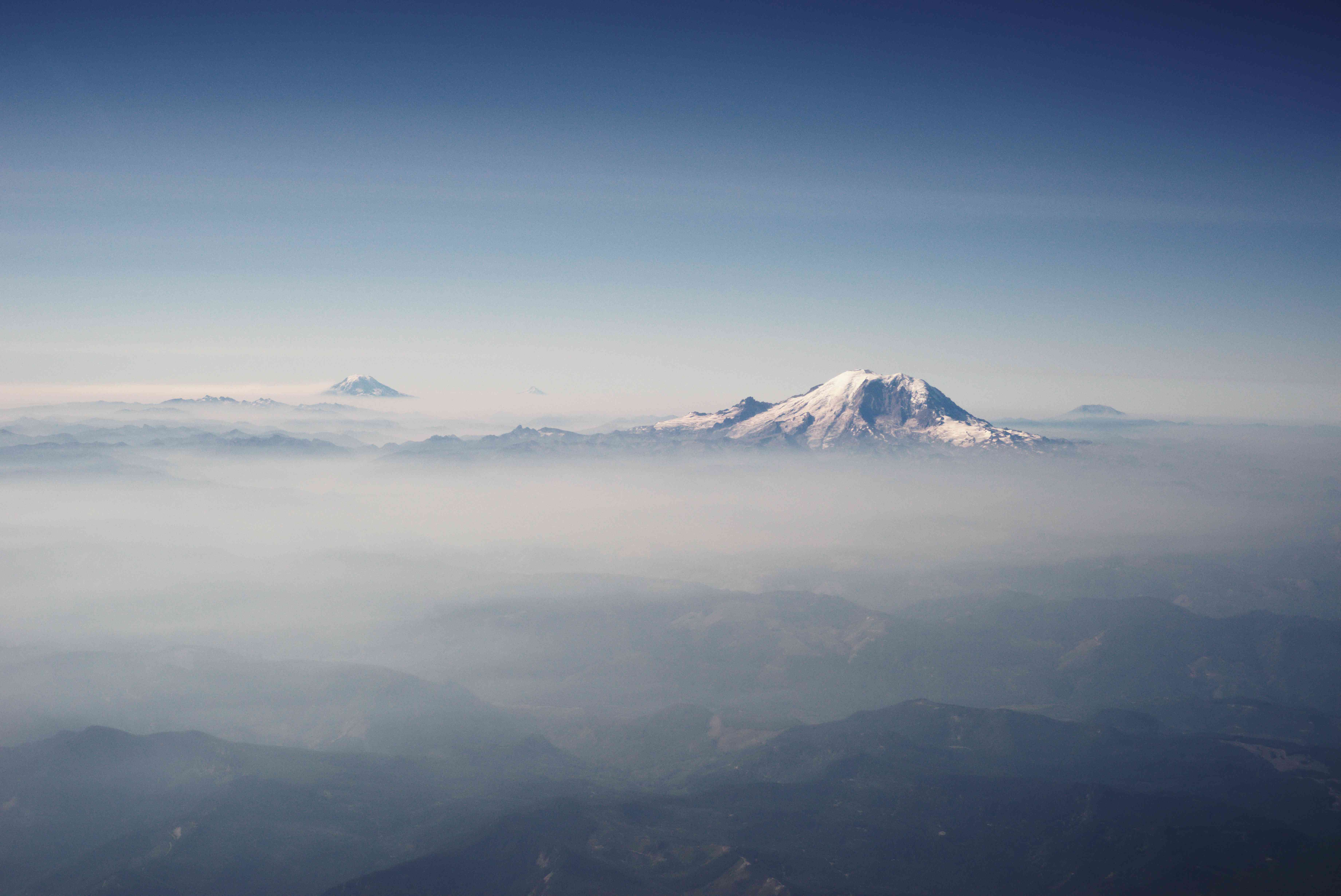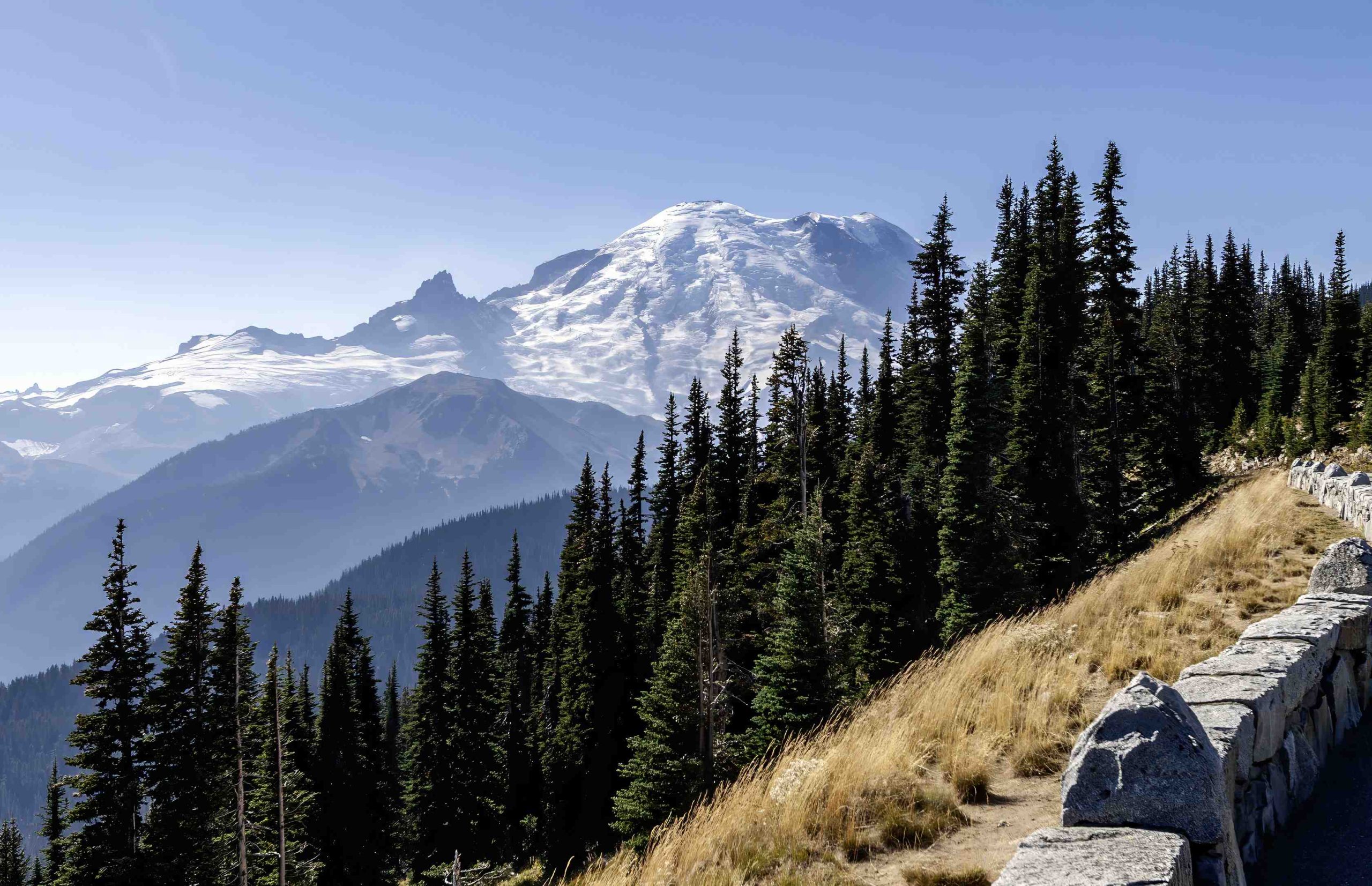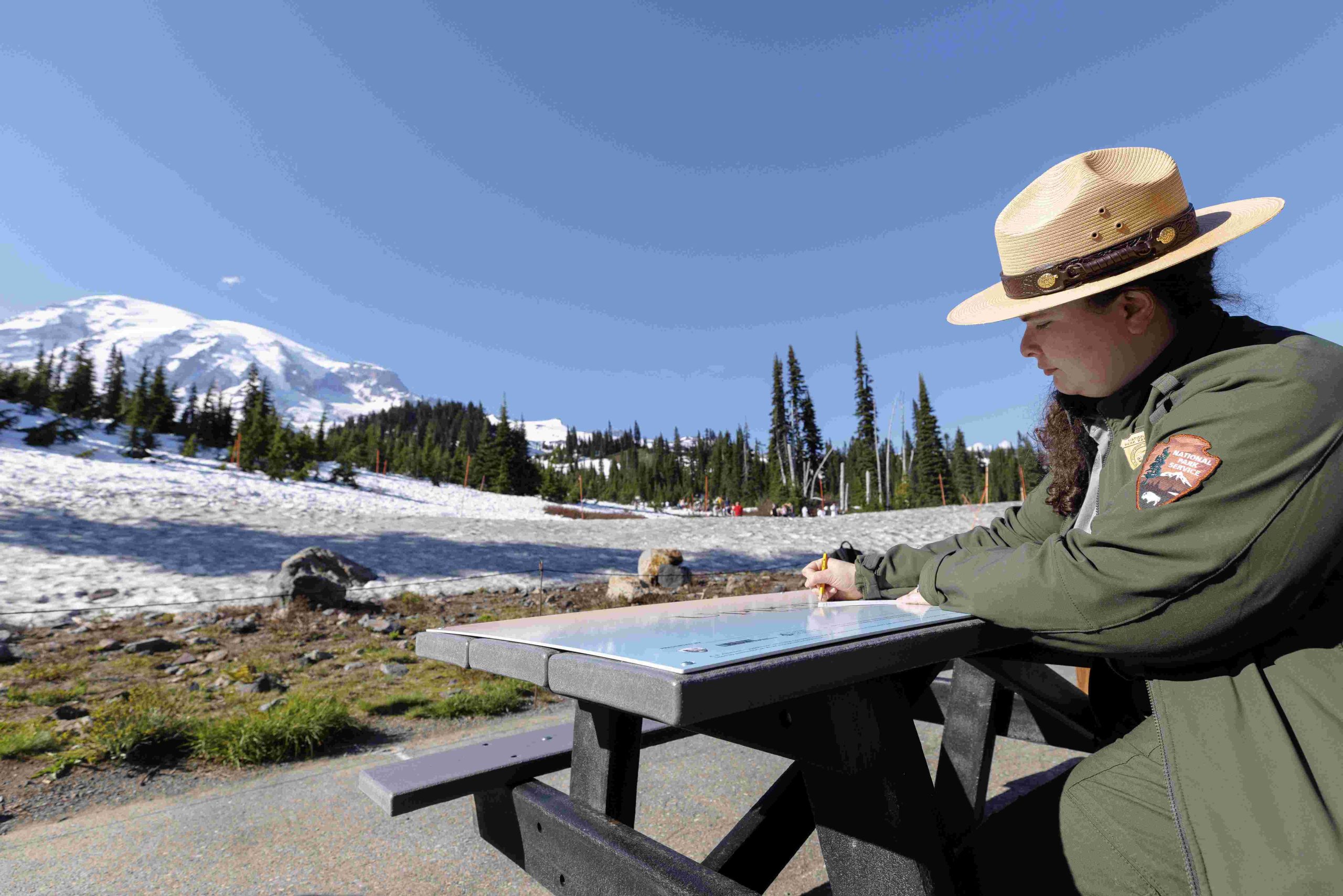Mount Rainier, a majestic but perilous peak in Washington State, has claimed numerous lives over the years. Between 2007 and 2023, 77 deaths were recorded in Mount Rainier National Park. Falls account for 35% of these fatalities, followed by hypothermia (10%), and drowning and avalanches (9% each). The mountain’s unpredictable weather, treacherous terrain, and challenging climbing conditions contribute to these tragic incidents. This article explores recent fatalities, rescue operations, and crucial safety guidelines for hikers and climbers on Mount Rainier.
What Are the Recent Statistics on Mount Rainier Hiker Deaths?

Recent statistics paint a sobering picture of the risks associated with hiking and climbing on Mount Rainier:
- 77 deaths recorded between 2007 and 2023
- Falls are the leading cause of death (35%)
- Hypothermia accounts for 10% of fatalities
- Drowning and avalanches each contribute to 9% of deaths
Breakdown of Fatalities by Activity
| Activity | Number of Deaths | Percentage of Deaths Due to Falls |
|---|---|---|
| Hiking | 36 | 33% (12 out of 36) |
| Climbing | 10 | 90% (9 out of 10) |
These numbers highlight the significant danger posed by falls, especially for climbers attempting more challenging routes on the mountain.
What Are Some Notable Incidents of Mount Rainier Hiker Deaths?

The 2014 Liberty Ridge Tragedy
One of the most devastating incidents in recent memory occurred in 2014 on the Liberty Ridge route:
- Six climbers fell to their deaths
- Likely cause: rock, snow, or ice fall sweeping them off the ridge
- Three bodies were recovered
- Three remain on the glacier due to unsafe recovery conditions
This incident underscores the unpredictable nature of the mountain and the risks associated with even experienced climbing teams.
The 1989 Lake Tahoe Climbers Incident
Another tragic event involved four climbers from the Lake Tahoe area in 1989:
- Two climbers reached the summit
- One team member found dead at 13,700 feet
- Fourth member discovered deceased at 9,400 feet on Carbon Glacier
This incident highlights the dangers of altitude and the importance of proper acclimatization and team communication.
How Effective Are Mount Rainier Rescue Operations?
Mount Rainier rescue operations involve a coordinated effort between various agencies and resources:
- Park rangers
- Search and rescue teams
- Military helicopters (when necessary)
Response Times and Resources
- Searches typically begin immediately after a missing person report
- 30 searchers and three helicopters were deployed in the 1989 incident
Challenges in Rescue Operations
- Remote and dangerous terrain
- Unpredictable weather conditions
- Safety concerns for rescue teams
While many missing persons are found and rescued, some bodies remain unrecovered due to the extreme risks involved in certain areas of the mountain.
How Do Weather Conditions Impact Hiker Safety on Mount Rainier?
Weather conditions play a crucial role in hiker and climber safety on Mount Rainier:
Seasonal Variations
- Harsh winter conditions
- More favorable but still unpredictable summer weather
- Climbing and hiking most common during summer months
Temperature and Precipitation
- Extreme temperature ranges depending on elevation and season
- Significant snowfall and frequent rain
- Contributes to rock formation instability and avalanche risk
Impact on Safety
- Increased risk of hypothermia
- Reduced visibility
- Unstable terrain due to freeze-thaw cycles
- Heightened avalanche danger
What Safety Guidelines Should Mount Rainier Hikers Follow?
To minimize the risk of accidents and fatalities, hikers and climbers should adhere to the following safety guidelines:
Essential Gear
- Crampons
- Ice axes
- Avalanche safety equipment
- Proper clothing and footwear for extreme weather
Emergency Procedures
- Inform park authorities or group members of itinerary and expected return time
- Carry communication devices (satellite phones or personal locator beacons)
- Know emergency contact numbers and procedures
Risk Assessment Strategies
- Evaluate weather forecasts thoroughly
- Assess snow and ice stability
- Be aware of potential hazards (rockfalls, avalanches)
- Ensure proper preparation and experience, especially for challenging routes like Liberty Ridge
By following these guidelines and understanding the risks involved, hikers and climbers can better prepare for the challenges of Mount Rainier and reduce the likelihood of tragic incidents.

